Objects
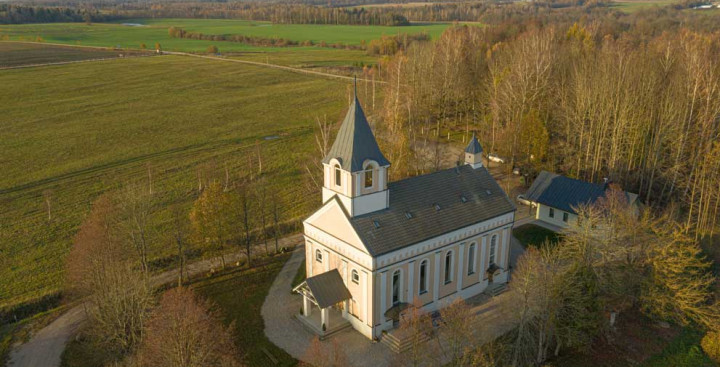
Pakutuvėnai St Anthony of Padua church and monastery
In 1941, the Kretinga district engineer, Jonas Zubkus, prepared the church drawings. The Plungė kommandatura provided 600 bags of cement for the floor of the church, while the Plungė burgomaster, Edvardas Misevičius, following a request from the parish priest, granted 1200 bags of cement left behind by the Russians and 27 iron beams to the church.
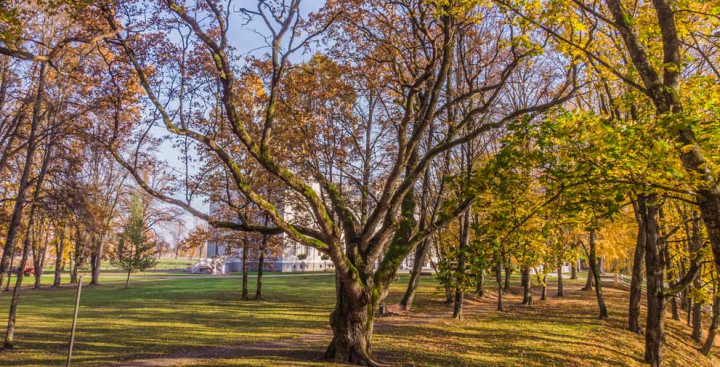
Perkūnas’s Oak
Perkūnas’s Oak – the oldest Oak tree in Plungė Mansion Park – grows in the central area of the park next to Oginskis Palace. The diameter of Perkūnas’s Oak is 1.65 m, while its height is 25 m. The tree was declared a natural monument in 1960, and since 1987 it has been a natural monument of national significance.
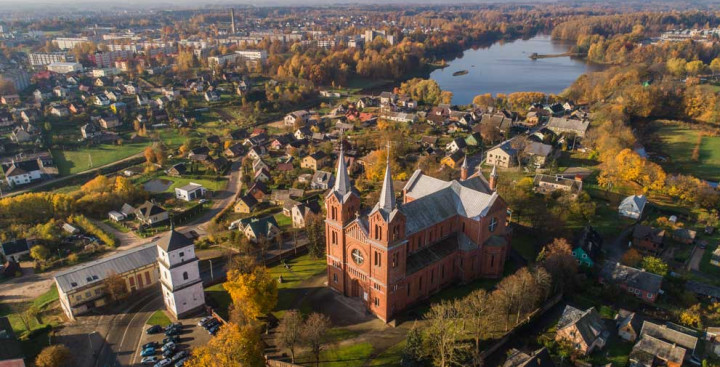
Plungė St John the Baptist church building complex and Lourdes replica with a sculpture of the Holy Virgin Mary
The St John the Baptist church buildings are the main cultural objects of Plungė Old Town. The church was built in the Romanesque revival style, with a Latin cross layout and two towers. The predecessor of the present-day church was the wooden 1797 St John the Baptist church, which did not survive to present times. The building of the new church began in 1899.
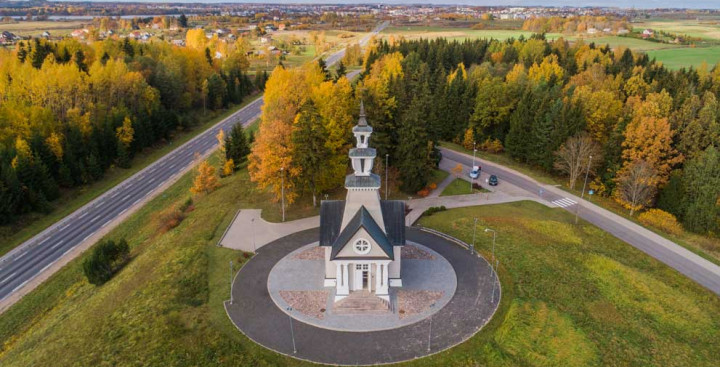
Rainiai Massacre place and chapel complex
The so called Rainiai Massacre took place on the night from 24th to 25th June 1941 executed by Soviet troops in which 76 political prisoners from Telšiai prison were killed. The soldiers transported the prisoners from the prison in the dead of night, brutally tortured and executed them without any charges.
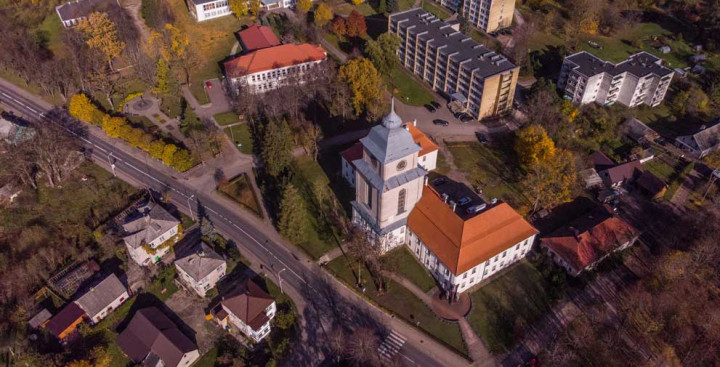
Samogitian diocese museum in Varniai and Bp. M. Valančius garden
In the first years of Christianity in Lithuania there were no special educational institutions for priests, and the pastoral work was often done by foreigners, mostly Polish. Medininkai diocese wanted to overcome the shortage of priests and in 1469 established a school by the cathedral for future priests of the diocese.
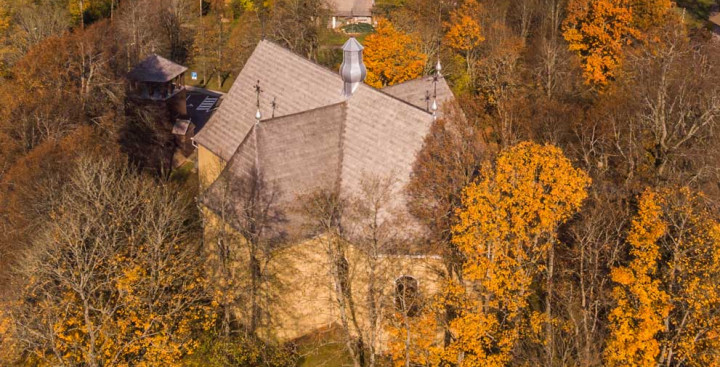
St Peter and St Paul the Apostles church complex
St Peter and St Paul the Apostles church complex is part of the nationally significant sacral heritage in Plateliai Town, Plungė District. The complex consists of the St Peter and St. Paul the Apostles church built in 1744, as well as the bell tower built in 1899.
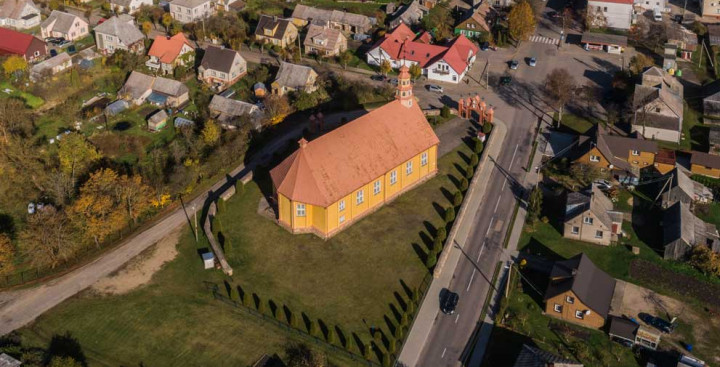
St. Alexander’s church in Varniai
In the year when Medininkai diocese, which eventually became Samogitian diocese, was established in Varniai, there was already a parish church. In the same spot, where today stands the new building of St. Alexander’s church, previously stood another church, built by the care of Vytautas Magnus and consecrated in 1417 St. Alexander’s church, according to the Christian name of Vytautas Magnus.
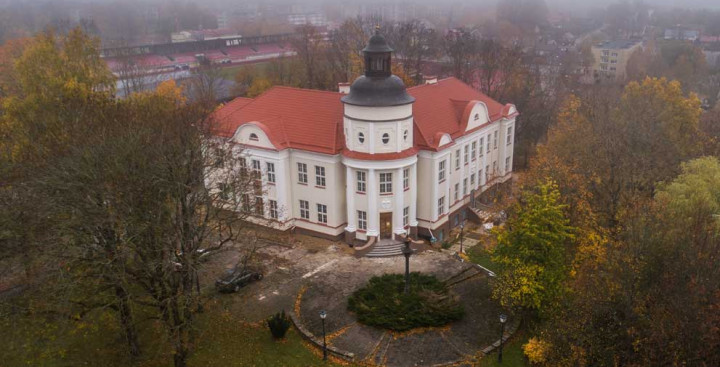
Telšiai Bernardine monastery and seminary building complex
Telšiai Bernardine monastery and seminary sacred building complex – is one of the most important in Samogitia. It stands on the northern shore of lake Mastis, upon the hill of Insula. The buildings rose for the first time in the 17th century, the complex comprises the Bernardine monastery and church (which in 1926 became a cathedral), the seminary, the Episcopal palace, school and other buildings.
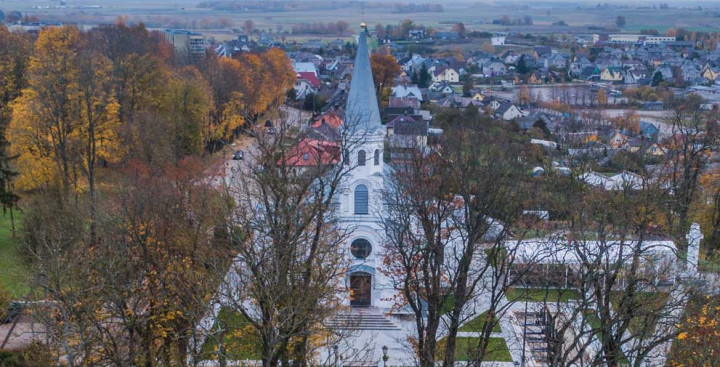
Telšiai Church of the Assumption of the Blessed Virgin Mary into Heaven
Telšiai parish was established in 1536. The same year by the order of the Grand Duke Sigismund the Old of the Grand Duchy of Lithuania Telšiai Church of the Assumption of the Blessed Virgin Mary into Heaven was built. In 1612, a parish school was established at the church. The church was rebuilt and reconstructed a few times, but the only authentic element that remains to this day is the bell that was churned in 1619.


